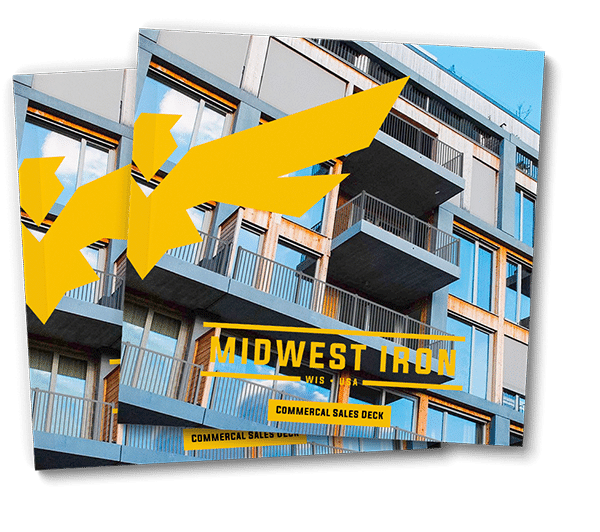A Self Supporting Balcony System is the Safest Balcony System
Self supporting balcony systems, or bolt-on balconies, are the safest balcony systems over wooden cantilever balconies. The reason self supporting balcony systems are safer is exemplified by the Berkeley, CA cantilever balcony tragedy. The tragedy demonstrates how hidden wood cantilever joists hide dangerous structural rotting conditions, whereas self supporting balcony systems have visible building connections to maintain life safety.
The recent tragedy of the wood balcony system in Berkeley, CA raises awareness for the potential catastrophic failure of wooden cantilever balconies. The engineers who inspected the site said there were clear signs the wood beams supporting the deck had rotted due to water exposure.
Deadly Berkeley balcony collapse lawsuit settled
The lawsuits filed in November 2015 had alleged that the main contractor, Segue Construction, used inferior composite wood rather than pressure-treated wood to construct the balcony that collapsed. The company, which employed subcontractors, also allowed the balcony to be saturated by rain before enclosing it.
VS
Visual Inspections are Important for Balcony Safety
Anyone can do a basic visual inspection for ensured and continual safety of a bolt-on balcony. The most difficult challenge of a cantilever balcony is maintaining a weather tight joint where the joists pass through the wall. Joists will move with changes in moisture and temperature, as the result of expansion and contraction. The result is unseen rot and water damage, with a great safety risk. Caulk is often the weather sealant from water damage, and caulk wears quickly in outdoor elements. The repair of an unsafe wooden balcony often requires: rebuild, repair to the inside joists, drywall removal, and interior fixes. These fixes can be lengthy and costly.
A Safer Balcony Option
Bolt-on balconies are self supporting to the building, which make them a safer balcony choice. No joists exist behind the interior structure. Installation is two to three times faster than a wooden cantilever balcony (if prefabricated and shipped complete by Midwest Stairs & Iron.) Longevity is enhanced with secure connections, aluminum metal construction, and powder coating. Typically, a bolt-on balcony is made out of aluminum or steel, with options of glass railing, acrylic railing, cable railing, etc. The steel or aluminum can be powder coated with a wide spectrum of colors. Aluminum balconies are growing fast in popularity for their durability and enhanced resistance to the weather elements. One of the best things about bolt-on balconies is the ability to easily remove and reinstall whether you want a new color, new style, or for some reason someone took a sledgehammer and did some damage. Tenants like the visual safety and aesthetics. Architects like the vast design possibilities. Property developers like the cost value and life safety enhancement.
How to test your current wooden balcony for safety?
Call an expert. An expert will inspect methods that may include using a ladder to examine the exterior and interior wood cantilevered joists. The typical safety test uses a screwdriver or awl to probe the joists, look for gaps, and to punch a small hole for a rot check. The inside of the building may show signs of water damage, such as a bump in the floor. A weak frame is a life safety hazard, and is a constant problem in traditional wooden cantilever construction at low-rise apartments and condominium complexes.
Choosing a balcony system is important to life safety. Bolt-on balconies and diligent inspections can greatly minimize the risk of becoming a news story.
If you have a question about your current cantilever balconies, or want to know more about bolt on balconies, call Midwest Stairs & Iron. We are retrofitting bolt on balconies to replace cantilever balconies, and identifying life safety issues of cantilever balconies across the country.


